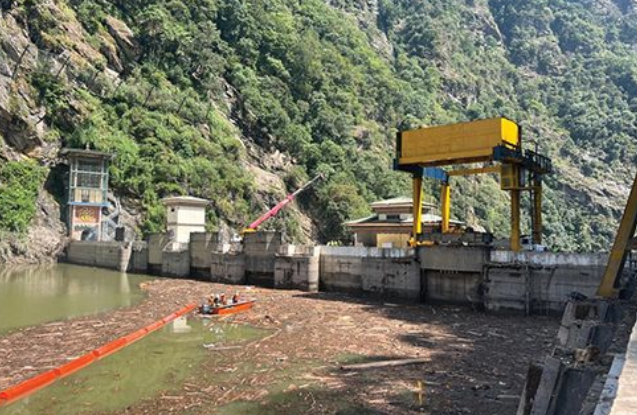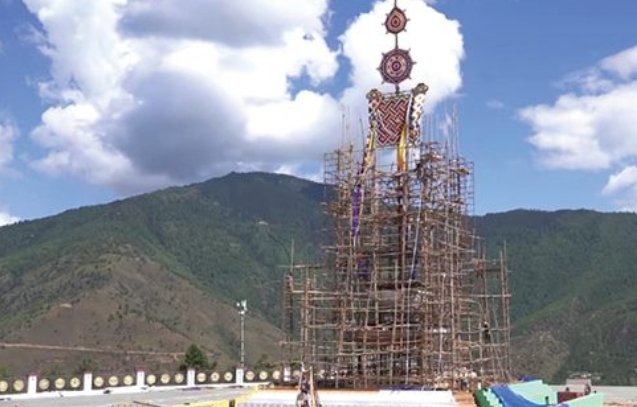
Bhutan’s climate is deteriorating, causing flash floods, glacial melt, and unpredictable rainfall, posing threats to communities, infrastructure, and agriculture, with projected increases in precipitation and water shortages. Reduced glacial runoff and rising temperatures could increase drought risk in regions with declining rainfall, posing threats to agriculture, infrastructure, and water scarcity in densely populated areas. All dzongkhags are expected to experience at least 56 mm more precipitation annually by the end of the century than they do now. Punakha, Gasa, Thimphu, Paro, Bumthang, and Wangdue are predicted to experience the biggest rises, with winter temperatures rising by at least 2°C, drastically changing Bhutan’s climate.
Bhutan experienced an average rainfall of 1,802.37 mm in 2024, but erratic weather patterns and localized heavy rainfall caused widespread damage, including flash floods and disruptions across the country. Heavy rainfall in Bhutan has caused significant damage, including flash floods and infrastructure damage. The country’s rainfall trends have fluctuated over the past five years, with 2023 experiencing the highest 24-hour rainfall in 2022 and a 24-hour high in 2021.



